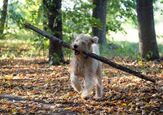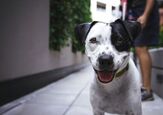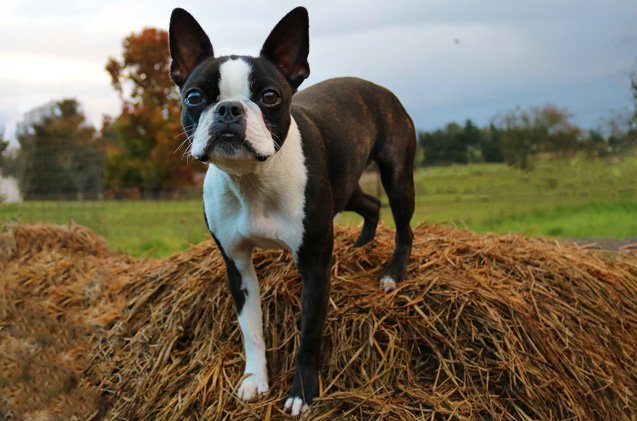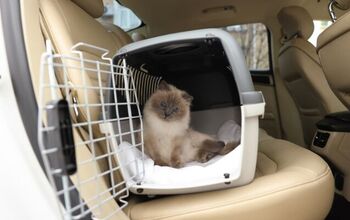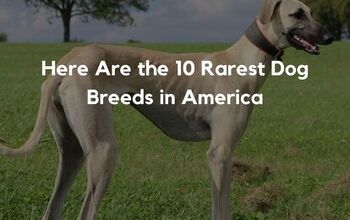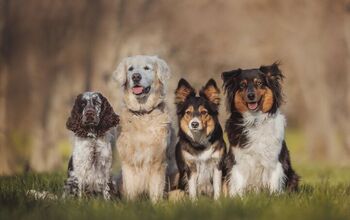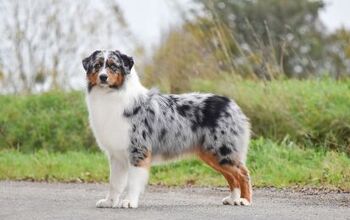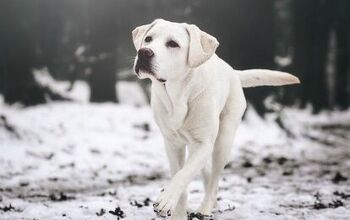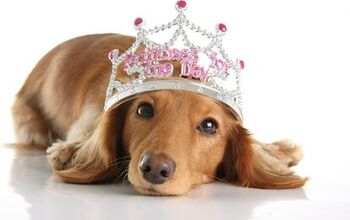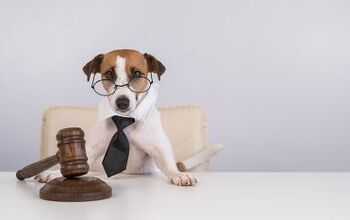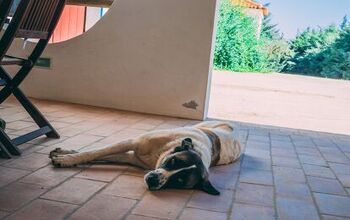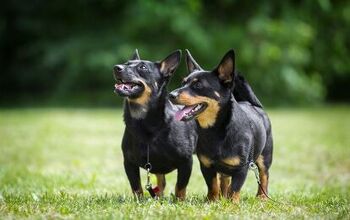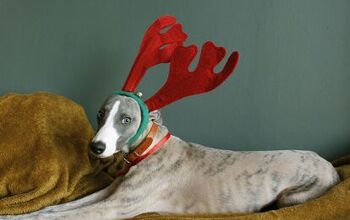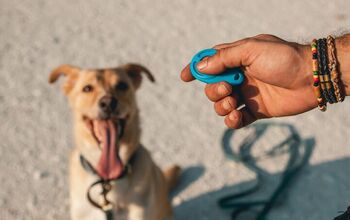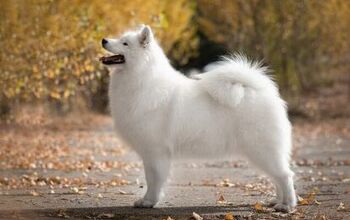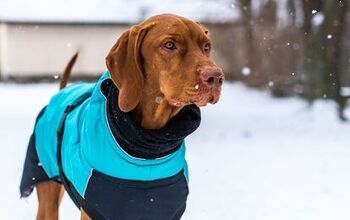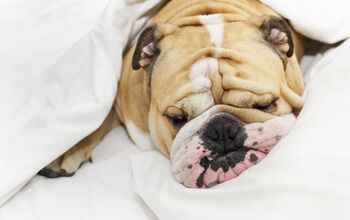Top 10 Dog Breeds That Are Made in America

So beyond the fact they’re dogs, what does a terrier, a spaniel, a hound and a retriever have in common? Well, if their names start with Boston, American Water, Red Coon and Chesapeake Bay, they are a breed developed in the good old U.S. of A. Yes, America has produced some pretty impressive breeds that we all know and love… as well as few that may come as a surprise.
Surprise! Just replace g’day mate with howdy ma’am and you’ll have a pretty clear picture of where this handsome boy originated. Developed on western U.S. ranches, back in the early 1800s, this working dog was born to run (and herd) and while today he can still be found at home on the range he’s also used as a guide or therapy dog. No Aussie connection here. (Photo credit: Ksenia Raykova/Shutterstock)
This distinctive looking lad is said to be named for Louisiana’s Catahoula Lake, where he originated back in the 19th century. Bred for hunting and herding, he gained the “leopard” moniker because of his heavily spotted coat which is the result of a gene that dilutes fur pigment in random spots. But cooler still are his eyes which are known as “cracked glass” and are typically blue or white-blue in color. (Photo credit: B Young/Shutterstock)
This handsome southern gentleman with the rich, mahogany colored coat is kin to the red foxhound which was originally brought over by Scottish settlers in the mid-1800s. Enter one George E.L. Birdsong of Georgia foxhunting fame and the breed was evolved to a coonhound that could track tree-climbing prey, swim if needed and didn’t back down when confronted with larger animals. Beyond that, he’s just a pussy cat. (Photo credit: Anna Hoychuk/Shutterstock)
As the story goes, in 1807 two St. John’s water dogs were rescued from a British ship that had wrecked just off the coast of Maryland. Those dogs were bred with local mutts and over the course of a century, what emerged is now Maryland’s state dog – the Chesapeake Bay Retriever. Because of his love of water and penchant for retrieving, this handsome boy is still used by hunters today for returning downed waterfowl. (Photo credit: Kerrie T/Shutterstock)
Now this made-in-America pooch has history. No surprise that he hales from Alaska, but did you know that he played a huge part in the big Gold Rush of 1896 when sleds and dog teams were in high demand by miners. He’s a big boy and while he’ll never win a race based on speed, he brings endurance and can haul the heaviest of loads over long distances and harsh terrain. (Photo credit: Tatyana Kuznetsova/Shutterstock)
A native of Beantown, this dapper little pooch known as the “American Gentleman” because of his good manners is said to be the result of crossing an English Bulldog and a White English Terrier some 100 years ago. While the intent was to produce a fighting dog, the result couldn’t be further off the mark. This animated pooch is an affectionate, self-assured little dog with a stubborn streak as wide as his grin. (Photo credit: Hollysdogs/Shutterstock)
It’s said “necessity is the mother of invention” and in 19th century Wisconsin, hunters needed a dog that could track well on land, was good in the water and compact enough to transport to remote locations. This brown-coated beauty is the end result of crossing Irish and English Water Spaniels and though popular in his day, he did reach near extinction back in the 40’s. (Photo credit: Steve Bruckmann/Shutterstock)
While the name may sound new, this southern boy has been around for a couple of centuries and was named after the Plott Balsam mountains in North Carolina… which were named for the Plott family who immigrated from Germany 200 years ago and you guessed it, brought along their favored hog hunting dog. Today, this loyal and limber pooch is still a coveted hunting dog and even holds the title of North Carolina’s state dog. (Photo credit: Will Hughes/Shutterstock)
This sled dog has history! He was developed at the turn of the last century in the White Mountains of New Hampshire by Arthur Walden who had worked the Klondike as a prospector and dog-sled driver. Walden decided to develop his own line of sled dogs so used a Mastiff and a Greenland husky to produce this friendly, affectionate working dog who is named for the Native American word meaning “warm wind”. (Photo credit: Nick Chase 68/Shutterstock)
While this furry All-American originated in the UK and is kin to the Old English Bulldog and various forms of terriers, it wasn’t until he made his way to America in the mid-1800’s that the dog we know today began to take shape. Originally bred for hunting and fighting, American breeders sought a larger, heavier, gentler dog and the people-pleasing Amstaff became the end result. (Photo credit: Sbolotova/Shutterstock)

Sharing space with three seriously judgy Schnoodles and a feline who prefers to be left alone. #LivingMyBestLife
More by Mary Simpson
